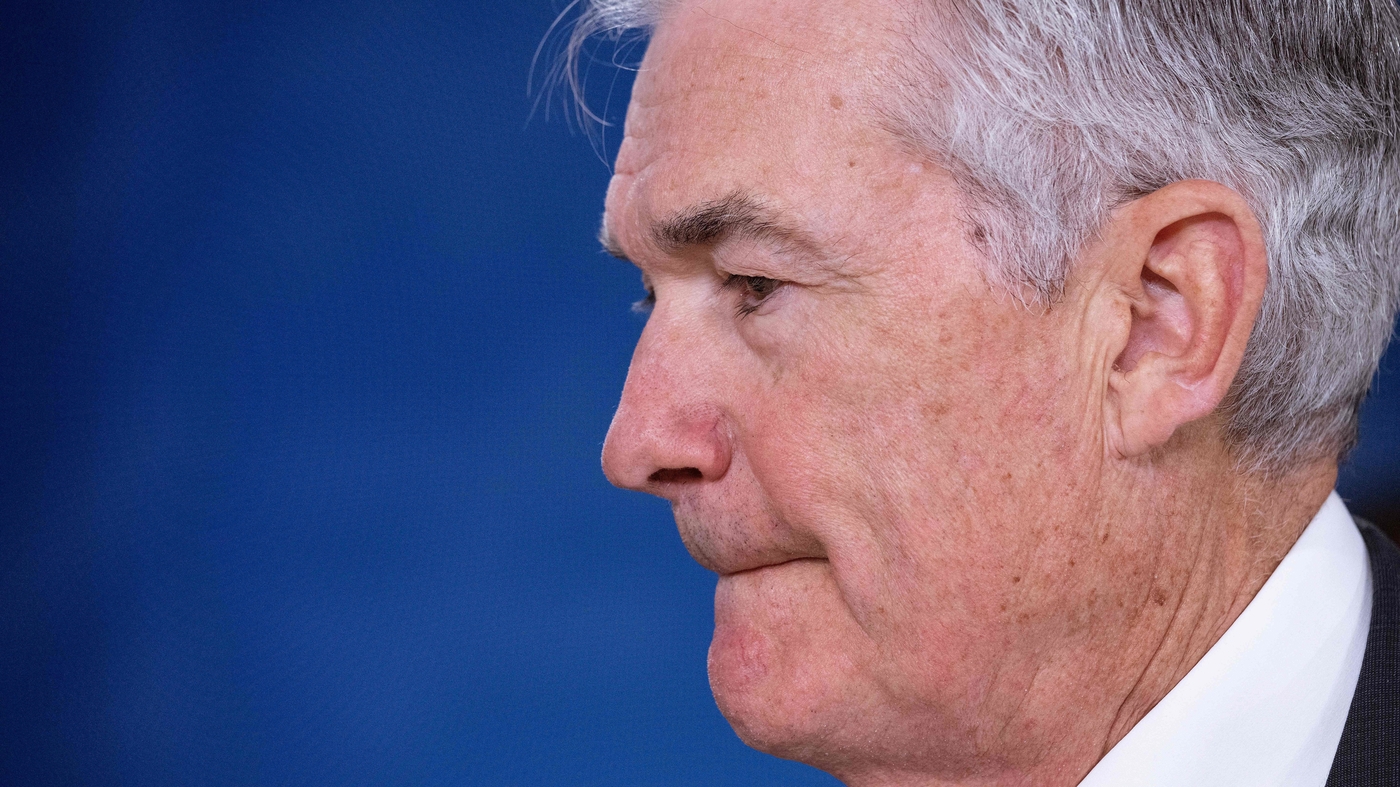Inflationary Phenomenology: Why the Fed hasn’t Solved the Last 17 Years of the Prevaint Bubble
Higher rates slow inflation by cooling consumer demand and allowing supply to catch up, paving the way for more moderate price increases. When it happens, they slow down hiring, weaken wage growth, prompt job losses, and wreak havoc in financial markets.
A big part of the housing market’s decline has been due to higher borrowing costs. And other parts of the economy are beginning to slow. But consumers, still flush with cash saved up early in the pandemic, continue to spend money. As a result, the Fed may have to tap the brakes harder, for longer, than it otherwise would.
But many economists and several international bodies have warned that there’s a pronounced danger or overdoing it, including a United Nations agency that warned the damage could be particularly acute in poorer nations. The cost of living in developing economies has already increased because of rising food and fuel prices, and the dollar’s rise has made imports from the United States more expensive.
The Fed’s moves have spurred market volatility and worries about financial stability, as higher rates elevate the value of the U.S. dollar, making it harder for emerging-market borrowers to pay back their dollar-denominated debt.
Mr. Biden said the report showed “some progress” in combating the increases, noting that costs have climbed by less over the past three months than they had in the prior three months. He acknowledged that the inflation was very high.
Economists believe that the economy and inflation will slow in the months to come. But they have been expecting an imminent cool-down for the past 18 months, and the data have repeatedly proved them wrong. Worried that rapid inflation might last, Fed officials have been clear that they plan to raise interest rates to a point where they are constraining the economy and hold them at a high level until price increases are clearly moderating. Officials have estimated that they will lift borrowing costs to about 4.6 percent by the end of 2023.
Questions about how much it will take for inflation to come down are growing as the Federal Reserve is expected to give another big boost to interest rates Wednesday.
Greg McBride, chief financial analyst at Bankrate, says interest rates have risen at a whiplash-inducing speed. Even once we start to see some improvement, it will take some time for inflation to come down from these lofty levels.
The Fed’s preferred measure of inflation for September was a 6.2%, which was the same as the month before. The better known consumer price index shows prices rising even faster, at an annual rate of 8.2%.
Rates of Return and Housing Market Predictions in the State of the Art and in the Post-Recession Era of the Real Estate Market
Esther George, president of the Federal Reserve Bank of Kansas City, said there was a savings buffer that may allow households to spend in a way that keeps demand strong. “That suggests we may have to keep at this for a while.”
She is a member of the Fed’s rate-setting committee and she is determined to control inflation. But she’s also cautioned against raising rates too rapidly at a time of economic uncertainty.
George said last month that he had been in the camp of steadier and slower rate increases to see how the effects of a lag will unfold. “My concern being that a succession of very super-sized rate hikes might cause you to oversteer and not be able to see those turning points.”
“We are deeply concerned that your interest rate hikes risk slowing the economy to a crawl while failing to slow rising prices that continue to harm families,” Sen. Elizabeth Warren, D-Mass., and colleagues wrote in a letter Monday to Fed chairman Jerome Powell.
Shawn Woods said his company had sold a dozen houses in a month before the Fed started raising rates.
“Never in my wildest dreams would I have thought we’d go from 3% [mortgage rates] to 7% within six months,” said Woods, president of Ashlar Homes and the Home Builders Association of Kansas City.
“I think we’re in for a rough six or eight months,” Woods said. It leads us out of downturns when housing leads us in. And I think from a housing perspective, we’ve probably been in a housing recession since March or April.”
